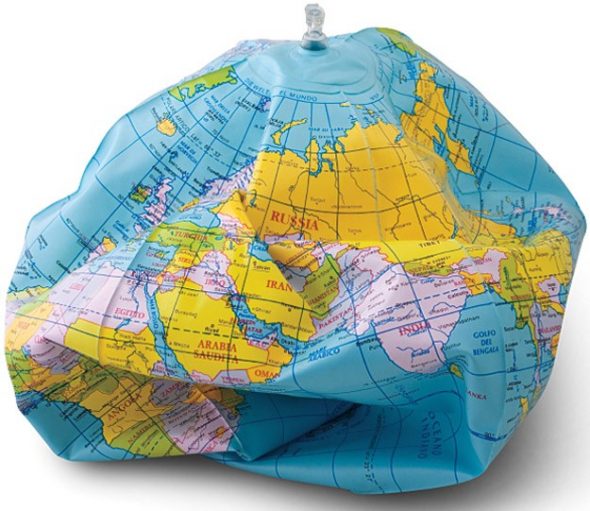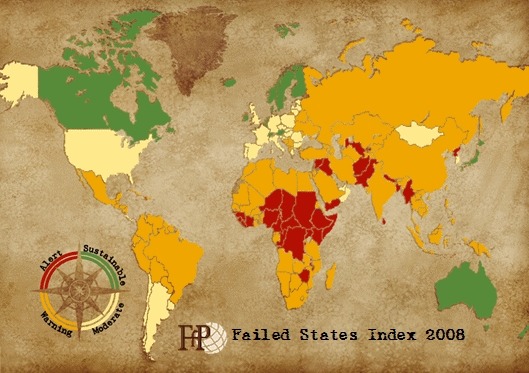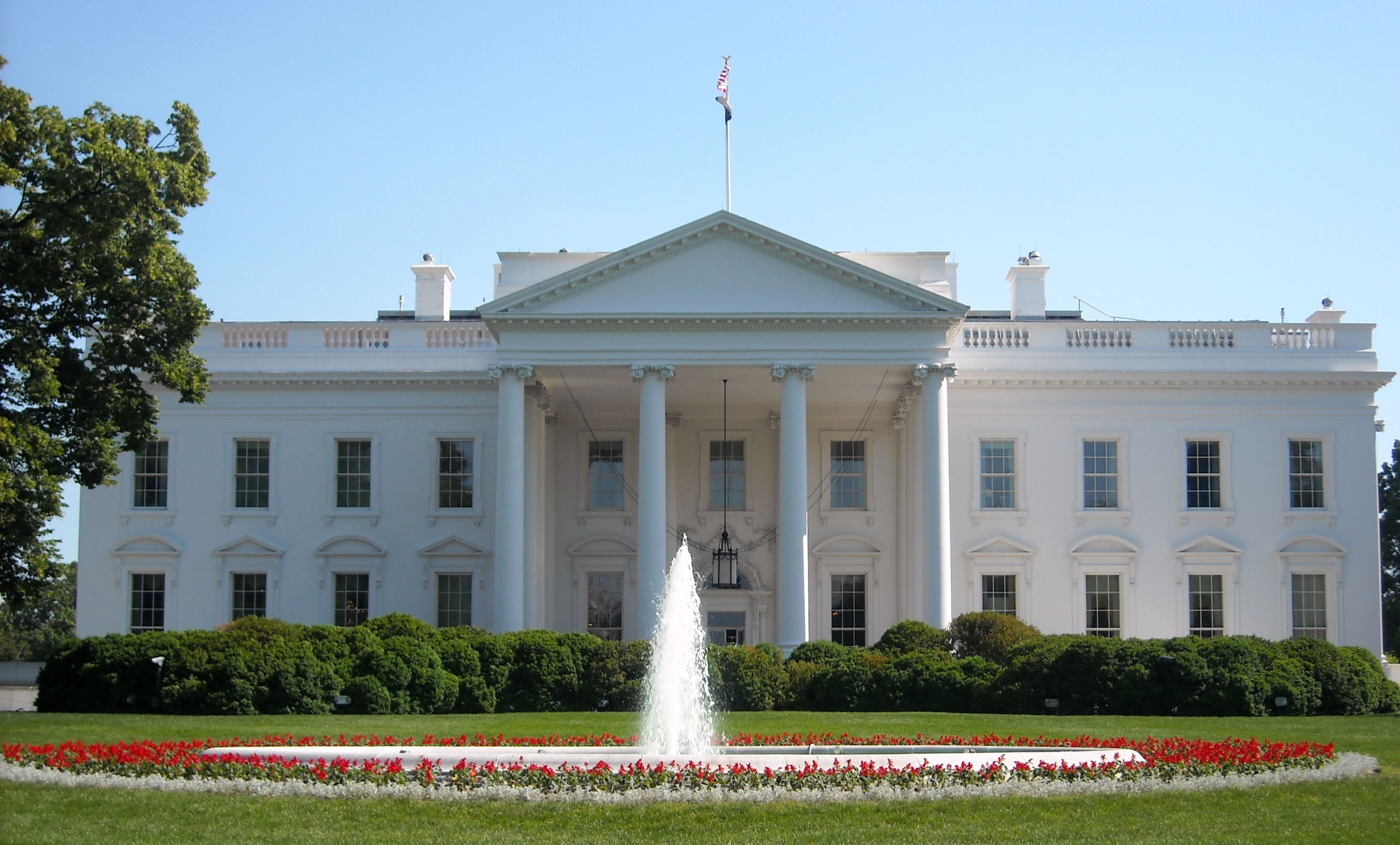In 2005 Foreign Policy magazine published a ‘failed states
index’ which mentioned Pakistan under the category of failed
states. Official website of Funds for Peace organization
shows that in 2005, Pakistan’s ran king on the
king on the
failed state index was 34th and on the very next
year it was ranked on the 9th. While Central
Intelligence Agency (CIA) and National Intelligence Council
(NIC) jointly prepared a report on global future assessment
mentioning that Pakistan would be a failed state by 2015
owing to its corruption, economic dysfunction, rising levels
of internal violence, sectarianism etc.
 Roger (2013) views it as a paradigm shift from techno-war
to image war. It is not Roger only rather there are many
scholars (Boas and Jennings, 2005; Morton, 2005; Ikpe, 2007;
Call, 2008; Easterly and Freschi, 2010) who view the term
‘failed state’ as an ethnocentric and hegemonic political
agenda (cited in Khan 2016, p. 27). Oxford dictionary of
human geography (Castree, Rogers, and Kitchin, 2013) defines
the failed state as, “A state in which one or more of the
fundamental conditions of sovereign government are absent”
(cited in Khan 2016, p.18).
Roger (2013) views it as a paradigm shift from techno-war
to image war. It is not Roger only rather there are many
scholars (Boas and Jennings, 2005; Morton, 2005; Ikpe, 2007;
Call, 2008; Easterly and Freschi, 2010) who view the term
‘failed state’ as an ethnocentric and hegemonic political
agenda (cited in Khan 2016, p. 27). Oxford dictionary of
human geography (Castree, Rogers, and Kitchin, 2013) defines
the failed state as, “A state in which one or more of the
fundamental conditions of sovereign government are absent”
(cited in Khan 2016, p.18).
It is in the early 1990s that the concept of failed state emerged in the disciplines of political science and International Relations (Khan, 2016) and after 9/11 news media started projecting the idea of failed states as security threats to regional and International community (Mair, 2008).
Though there have been three military coups, all the three
before 9/11 and Pakistan has witnessed more than 30 years of
military rule. Even in 1971, it lost its eastern wing but it
was never declared by anyone as a ‘failed state’ or it never
perceived itself as a ‘failed state’.
According to Howard (2016) failed states are characterized by deteriorated economy, uncontrolled borders, failure of infrastructures, violent struggles and lack of legitimate political institutions. According to the given definitions, all the developing countries fall into this category which means a greater part of the world is constituted by ‘failed states’.

This discourse demands to be looked into critically as each
state has a different historical background, different
context, different set of circumstances, and different
geo-political conditions. Since majority of the developing
countries got independence in the 20th century,
is it justified to compare them with the countries got
independence much earlier or never been a colony? How one
can ignore the colonial histories and postcolonial
perspectives of developing countries. The process of
industrialization/modernization are also very different and
temporal; state institutions are not as developed;
statecraft struggling for democracy. Therefore states in
their infancy cannot be compared to the states already
attained maturity. There is a need to help them grow in
order to make this world a better place.

Castree N, Rogers A, Kitchin R (2013). A dictionary of human geography: Oxford University Press.
Howard, T. (2016) Failed States and the Origins of Violence: A Comparative Analysis of State Failure as a Root Cause of Terrorism and Political Violence. New York: Routledge
Khan, M. (2016) How the news media have failed to interrogate the concept of failed state, the case of Pakistan. In International Journal of Journalism and Mass Communication. Vol 2(1). Pp 18-28
Mair S (2008). A new approach: The need to focus on failing states. Harvard International Review, 29(4), 52-55.
http://www.wardheernews.com/wp-content/uploads/2016/08/Failed-states.jpg
Photo Credit: http://203.124.105.41/Media/Products/thumbnail/19919_nam01.jpg
Photo Credit: https://s-media-cache-ak0.pinimg.com/236x/f8/0f/ed/f80fed32438cb27dc118657bfcf550c7.jpg
Photo Credit: http://gtmarket.ru/files/Failed-States-Index-Map-2008.jpg


